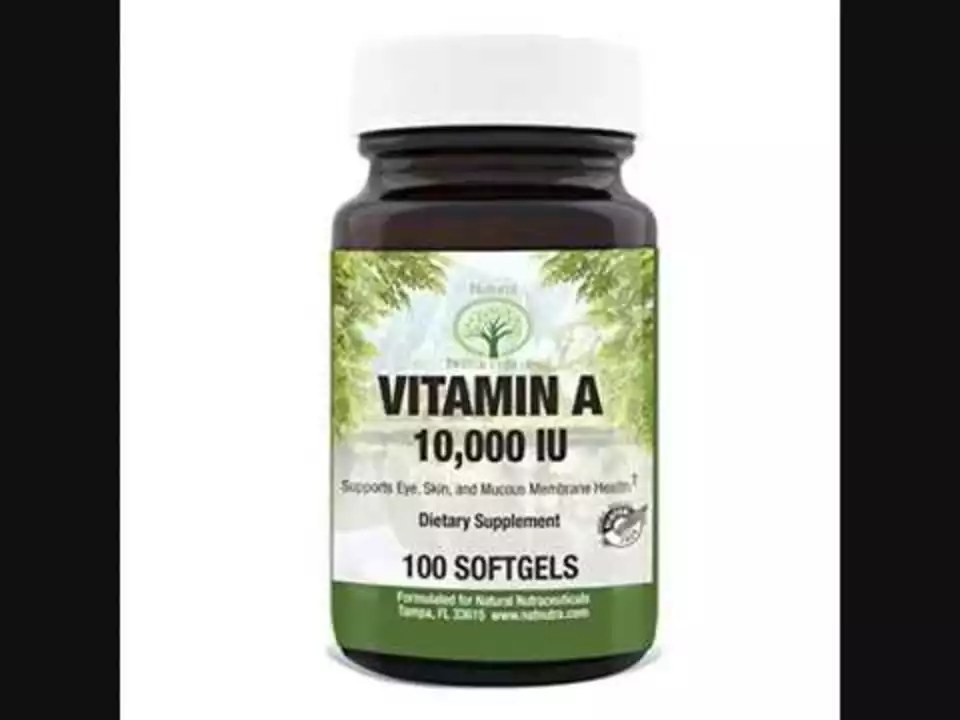I recently discovered the incredible power of Lily-of-the-Valley as a dietary supplement for our health. This beautiful plant is not just pleasing to the eye, but it also offers a multitude of benefits when taken as a supplement. I was amazed to learn that it can help with heart health, cognitive function, and even aid in digestion. It's important that we explore the full potential of this natural remedy in order to optimize our overall wellbeing. I can't wait to share more about the wonders of Lily-of-the-Valley and how it can help us lead healthier lives.
Lily of the Valley: what you need to know about safety and medicinal use
If you have this plant in your garden, know this first: lily of the valley looks pretty, but it’s poisonous. People used it historically for heart problems because it contains cardiac glycosides (mainly convallatoxin). Those same compounds can cause serious poisoning if eaten. This page gives clear, practical info — how to spot the plant, what poisoning looks like, simple first steps, and why you shouldn’t self-treat with it.
Identify the plant and who’s at risk
Lily of the valley has small white bell-shaped flowers on short stalks and shiny green leaves. In summer you may see red or orange berries. All parts are toxic: flowers, leaves, berries, and roots. Kids and pets are the biggest risk — those bright berries are attractive and easy to swallow. Gardeners can also get mild skin irritation from handling the plant.
If someone swallows any part of the plant, watch for symptoms that often start within a few hours. Expect nausea, vomiting, stomach pain, and diarrhea. Heart signs are more serious: slow or irregular heartbeat, dizziness, fainting, or confusion. Severe cases can include visual changes, seizures, or collapse. If you see these, act fast.
Practical first steps and medical treatment
If ingestion happens, don’t wait. Call your local emergency number or poison control right away — in the US the Poison Control Center is 1-800-222-1222. If the person is breathing poorly, unconscious, or having seizures, call emergency services immediately.
At the hospital, doctors will usually monitor the heart (ECG), check electrolytes, and treat symptoms. Treatments can include activated charcoal (if the patient arrives early), IV fluids, medications to control heart rhythm, and in severe poisoning, digoxin-specific antibody fragments (Digibind) which can reverse the effects of cardiac glycosides. That’s why medical care matters — some plant poisonings mimic digoxin overdose and need specific treatment.
One big drug interaction to keep in mind: if someone takes prescription digoxin or certain diuretics, accidental exposure to lily of the valley compounds can be especially dangerous. Don’t assume plant-based means safe — always tell your doctor or pharmacist about herbal exposures if you end up in care.
For gardeners: wear gloves when removing the plant; keep it away from children’s play areas and pet runs; dispose of clippings safely. If you like the look but worry about safety, consider replacing it with non-toxic groundcover.
Is there medical value? Researchers study convallatoxin for heart effects, but extracts are not approved as safe medicines and dosing is unpredictable. Don’t try to make teas, tinctures, or home remedies from lily of the valley. If you’re looking for heart medication or supplements, talk with a doctor — there are regulated drugs and proven treatments that are far safer.
Short, useful takeaway: admire lily of the valley for its beauty, not for food or medicine. If ingestion happens, act quickly — call poison control and get medical care. That simple step can prevent a lot of harm.

